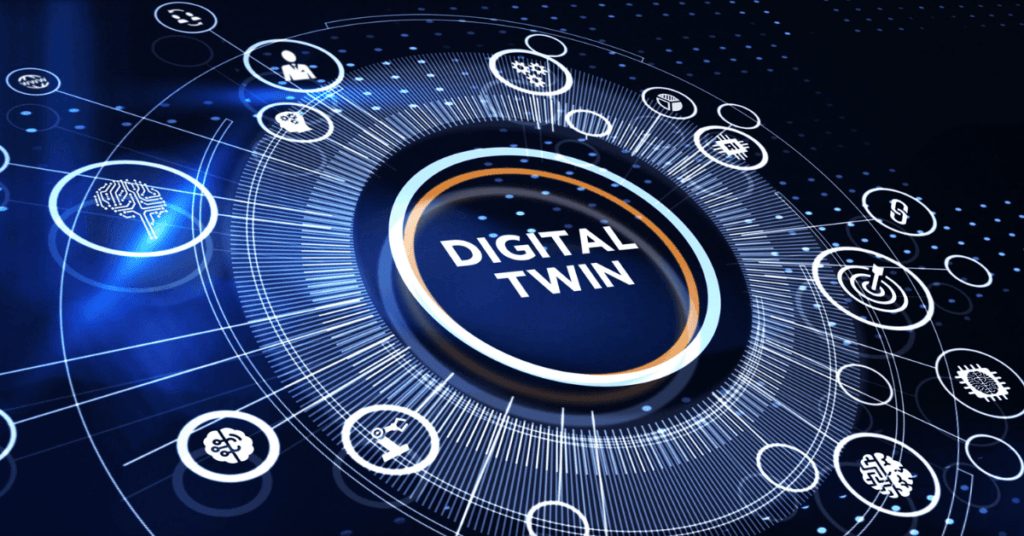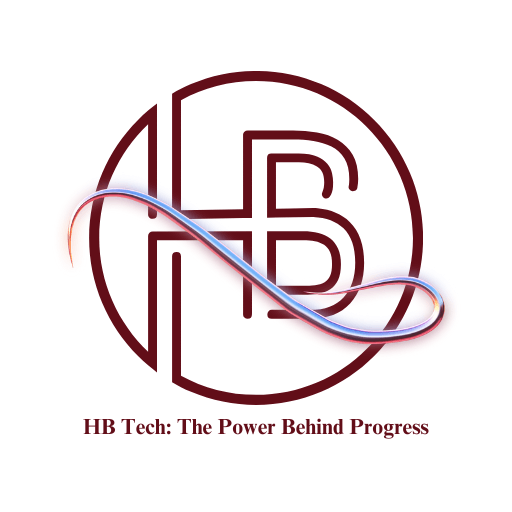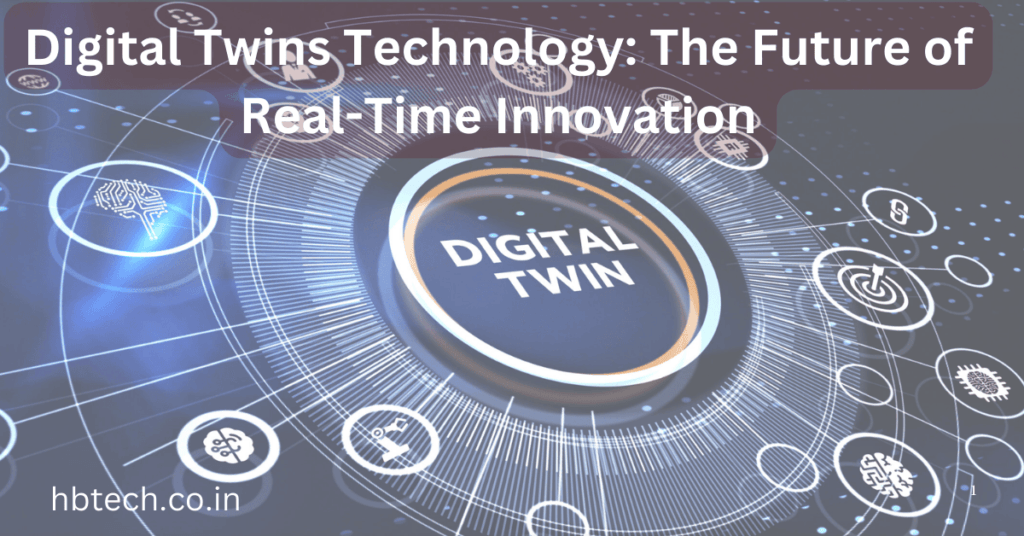In the rapidly evolving technological landscape, Digital Twin Technology has emerged as a transformative force reshaping industries worldwide. Defined as a virtual representation of a physical object, system or process, digital twins enable real-time monitoring, simulation, and analysis. This technology, powered by advancements in IoT (Internet of Things), artificial intelligence (AI), and big data, offers unparalleled opportunities to optimize performance, improve efficiency , and innovate solutions across sectors.
Digital Twins
A digital twin is essentially a bridge between the physical and digital realms. It mirrors a real-world entity in a virtual space, constantly receiving data from sensors embedded in the physical counterpart. This data is then processed to create a dynamic, up-to -date simulation of the original object. Digital twins are not static models but living, evolving entities capable of analyzing real-time data, diagnosing issues, predicting outcomes. and enabling strategic decisions.

Core Components of Digital Twins
- Data Collection: Sensors on the physical entity gather data , which is transmitted to the virtual twin.
- Integration: This data is integrated with AI algorithms to provide actionable insights.
- Simulation: The digital twin simulates scenarios to predict behavior under various conditions .
- Feedback Loop: Insights from the twin can guide changes in the physical entity, creating a continuous feedback loop.
Applications of Digital Twin Technology
1. Manufacturing
In smart factories, digital twins model machinery and workflows to optimize production. They predict equipment failures, minimizing downtime and enhancing efficiency. For instance , General Electric uses digital twins to monitor turbines and jet engines, improving their lifespan and performance.
2. Healthcare
Healthcare providers use digital twins to simulate patient conditions, enabling personalized treatment plans. Digital replicas of human organs help surgeons practice complex procedures, significantly reducing risks.
3. Smart Cities
Digital twins model entire cities, simulating traffic flow, energy usage, and infrastructure resilience. For example , Singapore has developed a virtual twin of its city to optimize urban planning and improve public services.
4. Automotive
Automakers leverage digital twins for vehicle design and testing. Tesla uses this technology to monitor its fleet, sending over-the-air updates to improve performance and safety.
5. Energy Sector
In energy, digital twins help monitor power grids, predict failures, and optimize renewable energy resources like wind and solar farms.
Benefits of Digital Twins
- Enhanced Predictive Maintenance: By predicting when equipment is likely to fail, digital twins reduce downtime and maintenance costs.
- Informed Decision-Making: They provide actionable insights based on real-time and historical data.
- Cost Savings: Virtual testing reduces the need for physical prototypes, cutting development costs.
- Improved Innovation: By experimenting in a virtual environment , companies can accelerate product development and innovation.
Challenges and Considerations
Despite its potential, digital twin technology faces hurdles;
- Data Security: The extensive data exchange between physical and virtual entities raises cybersecurity concerns.
- Scalability: Implementing digital twins on a large scale can be complex and costly.
- Skill Gap: Specialized knowledge is required to develop and manage digital twins effectively.
The Future of Digital Twins
The adoption of digital twins is set to expand as AI and IoT technologies evolve. Integration with 5G networks will enhance real-time data transmission, while edge computing will enable faster processing. As industries move toward sustainability, digital twins will play a pivotal role in resource optimization and environmental impact reduction.
Digital twin technology represents a significant leap toward a more connected and efficient world. By bridging the physical and digital , it empowers businesses to innovate, adapt, and thrive in an increasingly complex environment. From healthcare to manufacturing and beyond, digital twins are transforming industries, heralding a future where real-time insights drive unprecedented progress.
Whether you’re a business leader, engineer, or tech enthusiast, keeping an eye on this transformative technology is essential. The question isn’t if digital twins will shape the future—it’s how fast they will redefine our reality.
Frequently Asked Questions(FAQs)
What is digital twin technology?
Digital twin technology creates a virtual copy of a physical object, process, or system. This virtual model continuously updates using real-time data, enabling monitoring, analysis, and simulation to improve performance and efficiency.
How does digital twin technology work?
Digital twins rely on sensors to collect data from the physical object. This data feeds into a virtual model, which mirrors the real object. The virtual twin analyzes the data, predicts outcomes, and offers insights that can be applied to optimize the physical counterpart.
Where is digital twin technology used?
Digital twin technology is applied in various industries, including:
Manufacturing: To optimize production lines and predict equipment maintenance needs.
Healthcare: For simulating patient conditions and planning surgeries.
Smart Cities: To model and improve traffic flow, energy usage, and urban planning.
Automotive: For designing, testing, and monitoring vehicles.
Energy: To enhance grid management and renewable energy efficiency.What is the future of digital twin technology?
As IoT, 5G, and AI technologies advance, digital twins will become more accessible and powerful. They are expected to drive sustainability, innovation, and efficiency across industries, shaping a smarter and more connected world.



